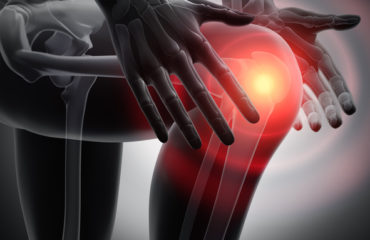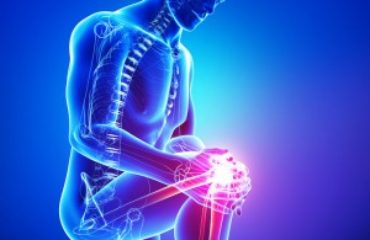Knee are large, complex, versatile joints. This makes them particularly prone to injury, especially among athletes and active individuals. However, you can avoid injury if you know the risks.
The Knee Joint – Structure and Function
The knee joint is where 4 separate bones – the femur, the tibia, the fibula, and the patella meet. The femur (thigh bone) is attached to tibia (the big bone in the lower leg) and the patella (knee cap) that helps to protect the joint. Ligaments attach the femur to the fibula (the thinner lower leg bone) that stabilizes the lower leg. These bones collectively form your knee joint and allow it to bend, extend, and rotate.
The knee also has 4 large ligaments – the ACL or anterior cruciate ligament, the PCL or posterior cruciate ligament, the MCL or medial collateral ligament, and the LCL or lateral collateral ligament. These ligaments protect, strengthen and stabilize the knee joint. Small fluid-filled sacs called bursae that surrounded the joint facilitate movement by reducing friction and lubricating the joint.
Risk factors for knee injuries
The complex structure of the knee makes it susceptible to injury; a small problem with even one ligament can cause pain and limited motion. Often this happens due to a sudden trauma, such as a sports injury but it can also result from a gradual degeneration of the bone or cartilage.
Knee injuries can be due to sudden trauma, overuse or a degenerative condition.
Acute injuries occur during strenuous exercise, direct trauma, abnormal twisting, or hyperflexion. These can result in ligament sprains, muscle strains, ligament tears, bone fractures, or kneecap dislocation.
Overuse injuries are often the result of repetitive activities over a long period of time that strain the knee. This can be due to frequent movements, as in cycling, heavy lifting or simply climbing stairs. Overuse injuries can cause chronic pain and inflammation.
Degenerative conditions, such as osteoarthritis, Baker’s Cyst, Osteochondritis dissecans, or pinched nerves can also result in an inability of the knee joint to function properly.
How can risks be reduced?
There are preventive measures that can help you reduce the risk of knee injuries.
- Athletes and weekend warriors should ensure adequate warming up, stretching, and cooling down before and after exercise.
- Wear supportive footwear to ease the load on the knee.
- Maintaining a healthy weight can lower the risk of osteoarthritis.
If you still happen to injure your knee, consult an experienced orthopedic doctor right away to treat it and prevent it from worsening.


